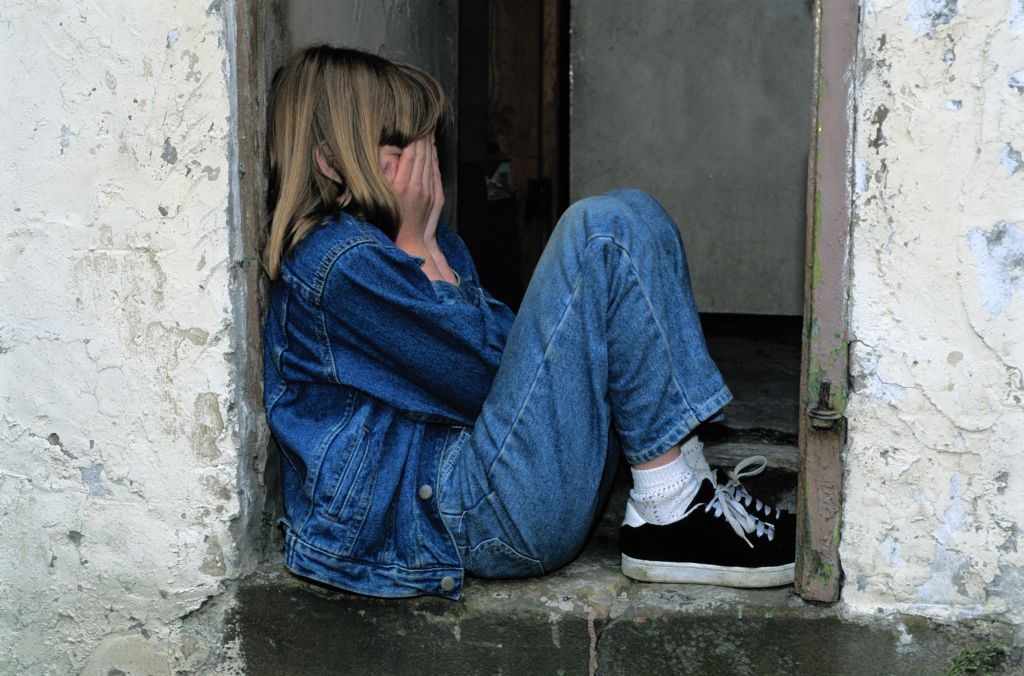What is peer violence online and what forms of adoption, what are the signs of alarm or reason to suspect that a child is a victim of cyberbullying, and how can parents help their children to use social networks safely?

There are many definitions of cyberbullying. Basically, the interpretation for it is similar to violence: it is intentional, repeated harassment or intimidation, but it happens on computers, mobile phones or other electronic devices.
Online peer violence usually escalates and the consequences for a child can be much worse than the consequences of normal violence
There are several types of cyberbullying, such as sexting, extortion, exploitation, hate speech, insults, ridicule. It can happen through social networks, messages and applications, email, online games. The perpetrator of the violence may or may not be known to the children.
In the case of online violence, in the first phase, the individual is usually excluded and various negative signs are added, and in the second phase, threats are made. Direct physical attacks, beatings and blackmail can also occur.
Online violence can have far more serious consequences than the violence we usually think of when we say that. The false sense of anonymity or the assumption of false identities and pseudonyms gives perpetrators of cyberbullying an even greater sense of power and less awareness of the consequences and sanctions. Through social networks and chat rooms, they can reach a large number of victims in a relatively quick and easy way, but at the same time they do not see their reactions or the impact of their actions on the victims or. consequences.
Children are not safe from peer violence online, even at home
Children are often victims of peer violence at school, while online violence can occur anywhere and anytime, so it cannot be escaped or hidden from its consequences, as we have electronic devices in our vicinity at all times.
Sometimes online violence follows violence that already takes place against a child in a school setting, such as extortion, intimidation, insults.
We distinguish several types of peer cyberbullying:
- stalking, which we talk about when a peer constantly observes, monitors and controls his victim via the Internet and digital technology,
- profile theft: taking over the victim's profile on the social network and posting inappropriate content on behalf of the victim,
- creating fake profiles with the intention of harming another person,
- double-crossing the victim online so that the victim then responds with anger or rage,
- the abuser creates a fake profile and thus steals the victim's online identity,
- inciting, slandering, defaming, insulting, spreading false news,
- setting up hostile websites or creating websites or profiles with degrading content for the victim.
Alarm signs. What should you look out for if you suspect a child is a victim of cyberbullying?Be careful when you notice certain changes in a child’s behavior. However, your child may be a victim of peer cyberbullying. The consequences of online violence in children can manifest themselves as anxiety, self-harm, sleep and eating disorders, suicidal thoughts, so they should not be overlooked or minimized. You have a valid reason for the alarm when:
|
How can parents help their children use social media safely?
- We advise you to talk to children about appropriate sites for their age and development. Set boundaries in doing so.
- Encourage children to communicate "live" with friends.
- Encourage them to pursue other interests and hobbies, such as sports, music, etc.
- Teach them to protect themselves from cyberbullying and bullies. Allow them freedom online, but still keep an eye on what your kids are doing there.
- Help them understand that large numbers of friends and followers on social media are not a measure of an individual’s popularity. And that doesn’t mean these “friends” on social media are actually friends either.
A child or adolescent needs to be listened to. In serious cases of online violence, inform the police!Each of us has a duty and responsibility for the content we post or share online. If a child tells us about online violence, he needs to be listened to. Sometimes he doesn't even know that what is happening to him is wrong, or that he will blame himself for the situation. We need to let the child know in such moments that he has to tell the adult about the violence, because it is not his fault. His story should be taken seriously and in serious cases of online violence reported to the police. |
Related content
Internet security
Cyber violence and sexual abuse of children online


